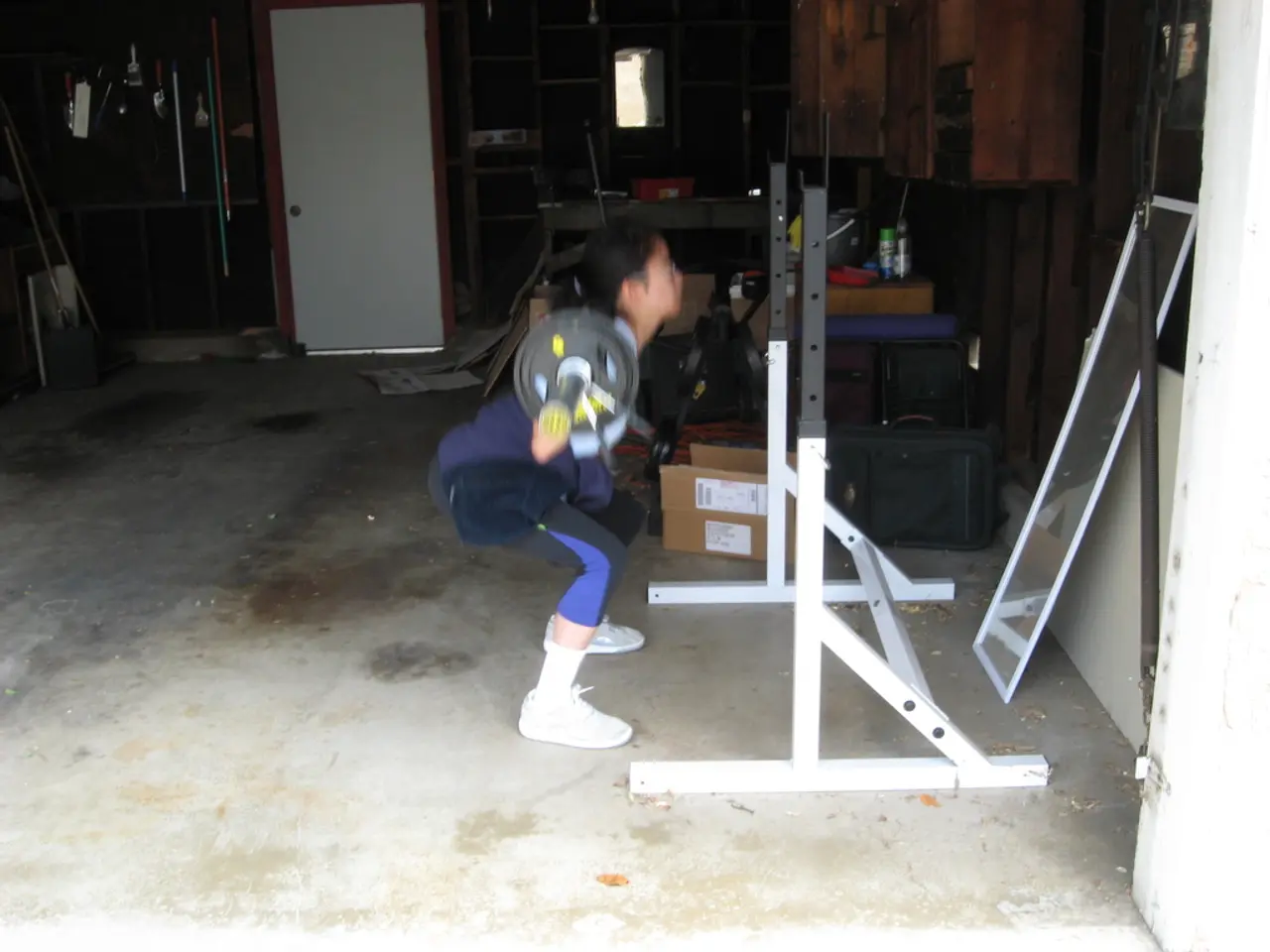Establishing a Secure Sleep Sanctuary for Infants
A baby's sleep environment plays a crucial role in ensuring their safety and promoting better sleep quality. Here are some guidelines to help create a safe and conducive sleep environment for infants, reducing the risk of Sudden Infant Death Syndrome (SIDS) and accidents.
Sleep Position Placing babies on their backs for every sleep (nighttime and naps) until they are 1 year old is essential. This sleeping position has been shown to reduce the SIDS risk and does not increase choking risk[1][2][5].
Sleep Space A separate, dedicated sleep space for the infant, such as a crib or bassinet, free of soft bedding, pillows, bumper pads, blankets, stuffed animals, or toys, is recommended[1][3][4]. Room-sharing but not bed-sharing is advised. Keep the infant’s crib or bassinet in the parents' bedroom for at least the first 6 months to 1 year[1][3][5].
Temperature Regulation Maintaining a comfortable room temperature (around 68–72°F) and avoiding overheating by not overdressing the baby or using heavy blankets is essential. Use a wearable blanket or sleep sack instead of loose blankets[3].
Pacifier Use Offering a pacifier at sleep times once breastfeeding is well established is linked to reduced SIDS risk[1][3][5].
Avoiding Unsafe Sleeping Arrangements Avoid using devices not approved for infant sleep, such as inclined sleepers, positioning devices, strollers, swings, car seats, or slings for routine sleep, especially for infants under 4 months[1][3][5]. Keep cords, curtains, and monitor wires out of reach to prevent entanglement hazards[3].
Humidity Levels Monitoring humidity levels in a baby's room is equally important. Keep it between 30 and 50 percent to prevent dryness[6]. If the air in the baby's room is too dry, consider using a cool-mist humidifier[5]. Regularly clean and maintain the humidifier to prevent the growth of mold or bacteria.
Additional Measures Breastfeeding and immunizations are additional measures that reduce SIDS risk[5]. Electronic monitors and fans lack sufficient evidence to prevent SIDS and are not recommended as reliable prevention strategies[5].
Investing in a good quality thermostat or a wearable temperature monitor can give better control over the room temperature. A calming pre-sleep routine should include winding down activities, creating a peaceful environment, soothing activities, and a consistent routine to signal to the baby that it's time to sleep.
Room sharing also has practical benefits, especially for breastfeeding mothers, as it makes nighttime feedings significantly easier. It also improves bonding and responsiveness benefits between parents and their babies[7]. However, bed sharing poses serious risks to the safety of the baby, including increased risk of suffocation or accidental strangulation and higher probability of SIDS[8].
Prioritizing the safety of a baby's sleep environment is crucial to prevent Sudden Infant Death Syndrome (SIDS) and accidents. Following these guidelines can significantly reduce the risk of SIDS and ensure a safe and peaceful sleep environment for your baby.
References: [1] American Academy of Pediatrics (2016). SIDS and Other Sleep-Related Infant Deaths: Updated 2016 Recommendations for a Safe Infant Sleeping Environment. Pediatrics. [2] Task Force on Sudden Infant Death Syndrome (2011). Sudden Infant Death Syndrome and Other Sleep-Related Infant Deaths: Evidence Base for 2016 Updated Recommendations for a Safe Infant Sleeping Environment. Pediatrics. [3] National Institute of Child Health and Human Development (2016). Reducing the Risk of SIDS: A Guide for Parents. [4] Lohr, K. N., & Task Force on Sudden Infant Death Syndrome. (2016). Reducing the risk of SIDS: AAP policy recommendations. Pediatrics, 137(5), e20161049. [5] Centers for Disease Control and Prevention. (2016). SIDS and other sleep-related causes of infant death data sheet. [6] Mayo Clinic. (2020). Humidifier: What you need to know. [7] American Academy of Pediatrics. (2018). Policy Statement: Breastfeeding and the Use of Human Milk. Pediatrics. [8] Task Force on Sudden Infant Death Syndrome. (2011). Sudden Infant Death Syndrome and Other Sleep-Related Infant Deaths: Evidence Base for 2016 Updated Recommendations for a Safe Infant Sleeping Environment. Pediatrics.
- In addition to a safe sleep environment, ensuring health and wellness for kids also involves factors such as breastfeeding and immunizations, which have been shown to reduce the risk of Sudden Infant Death Syndrome (SIDS).
- Education about parenting, including understanding the guidelines for a safe sleep environment, is essential for families to protect their babies from SIDS and accidents.
- A baby's sleep routine can be made more peaceful and conducive by maintaining a room temperature between 68–72°F, using a wearable blanket or sleep sack instead of heavy blankets, and ensuring that the humidity levels in the baby's room are between 30 and 50 percent.
- To create a safe sleep space, families should avoid placing soft bedding, pillows, stuffed animals, or toys in the baby's crib or bassinet, and instead opt for a separate, dedicated sleep space such as a crib or bassinet.
- The science behind infant sleep shows that placing babies on their backs for every sleep reduces the risk of SIDS and does not increase the choking risk.
- By following these guidelines for a safe sleep environment, parents can contribute to their baby's health, fostering a strong parent-child bond while ensuring the baby's safety during sleep.




